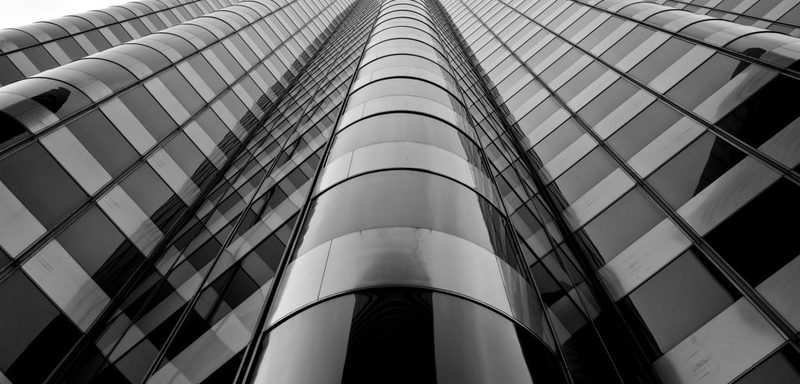

The 5-3-2 Model for Fix-and-Flip Investors

In a recent conversation with Troy, who has been investing for over 20 years, he explained his best ever advice to fix-and-flip investors, which is to follow what he calls the “5-3-2 Model” of selling.
The 5-3-2 Model Explained
The 5-3-2 Model is very simple:
5 – Buy and rehab 5 homes
3 – Sell 3 homes through traditional means
2 – Carry back the note on the other 2 homes
That is, for every 5 properties that you purchase, sell 3 and “be the bank” for 2.
When you sell the 3 homes, it provides you with the ongoing cash flow for your business. For the other 2 homes, ideally, you want to pick out the best properties to carry back the loans on. If you do it correctly, you should have nothing invested in those two properties because you would’ve received all the money back through down payments and the profits from the other 3 properties you’ve sold.
Benefits of the 5-3-2 Model
The benefits of following the 5-3-2 Model are two-fold:
First, you receive ongoing, passive capital to continue building your business. You will continue to receive the profits from selling the 3 properties, as well as the ongoing interest payments from the other 2 properties. Also, since you are carrying the note, rather than being the landlord of the property, you are able to transfer the taxes, insurance, and repair responsibilities to that buyer. Therefore, the investment is completely passive, and also, technically, an infinite return.
Secondly, you’ve created residual value that operates like an annuity or retirement plan. Self-employed people, which include real estate investors, tend to forget the value of long-term retirement strategies. Instead, they tend to live deal to deal, rolling the dice, or money, into the next deal. Following this strategy allows you to get the best of both worlds: the instant gratification of realizing the fix-and-flip profits, as well as the long-term, residual income that can be a “safety net” for when the unexpected occurs, like unforeseen personal issues (health, family, etc.) or the market taking it’s next turn for the worse.




Comments